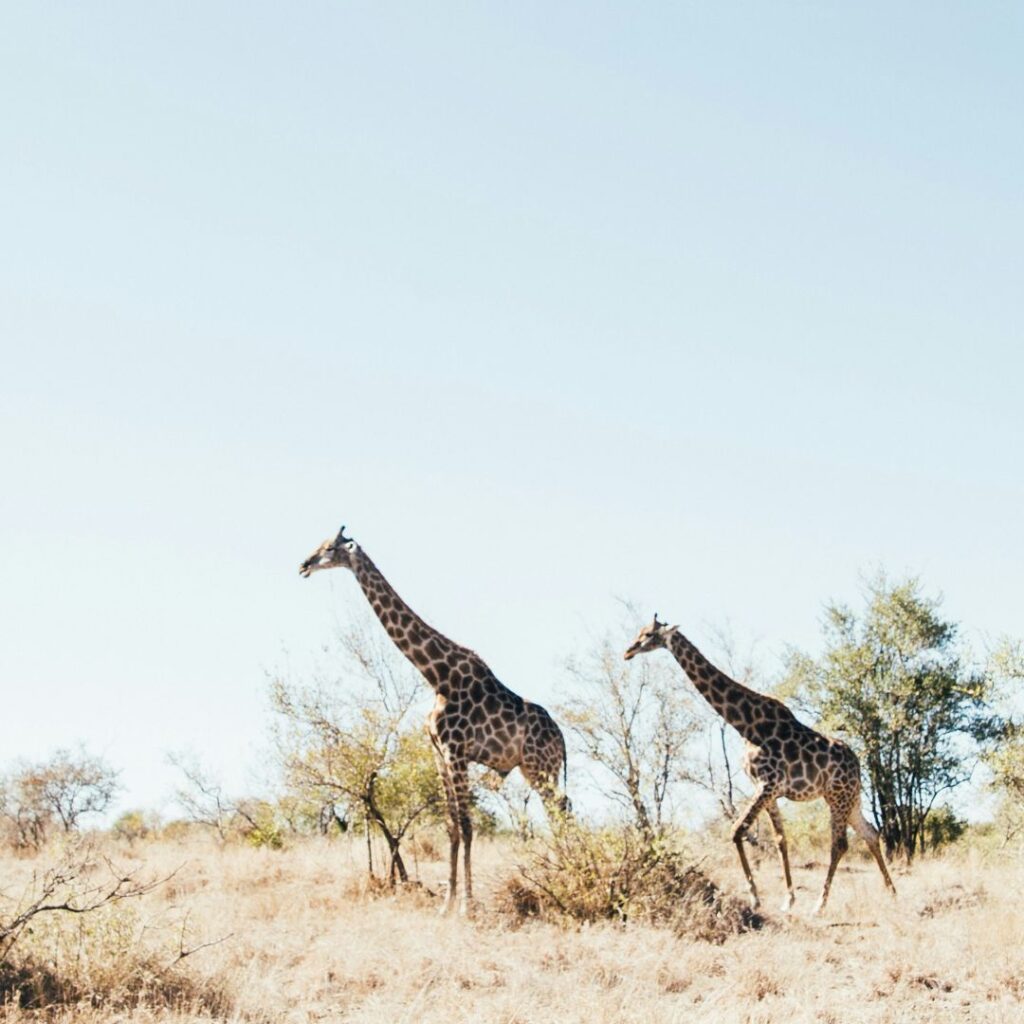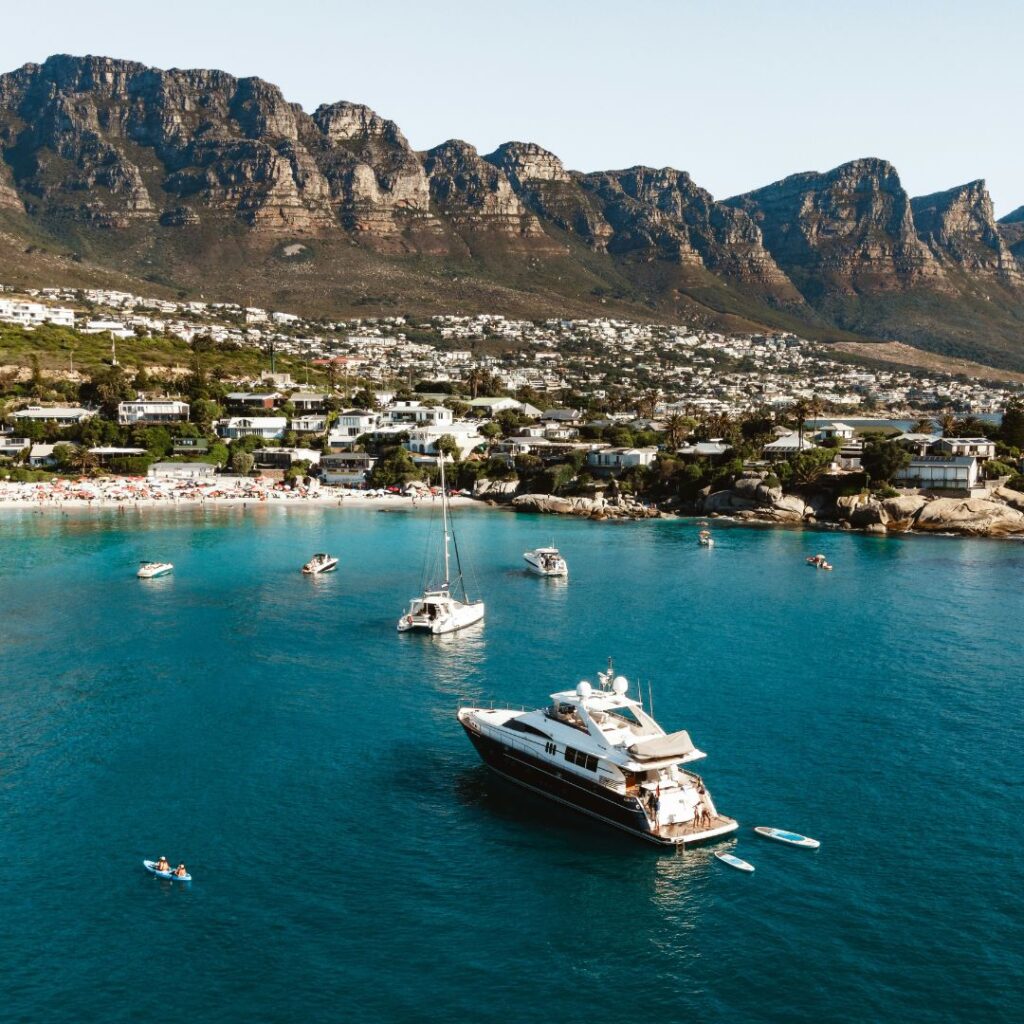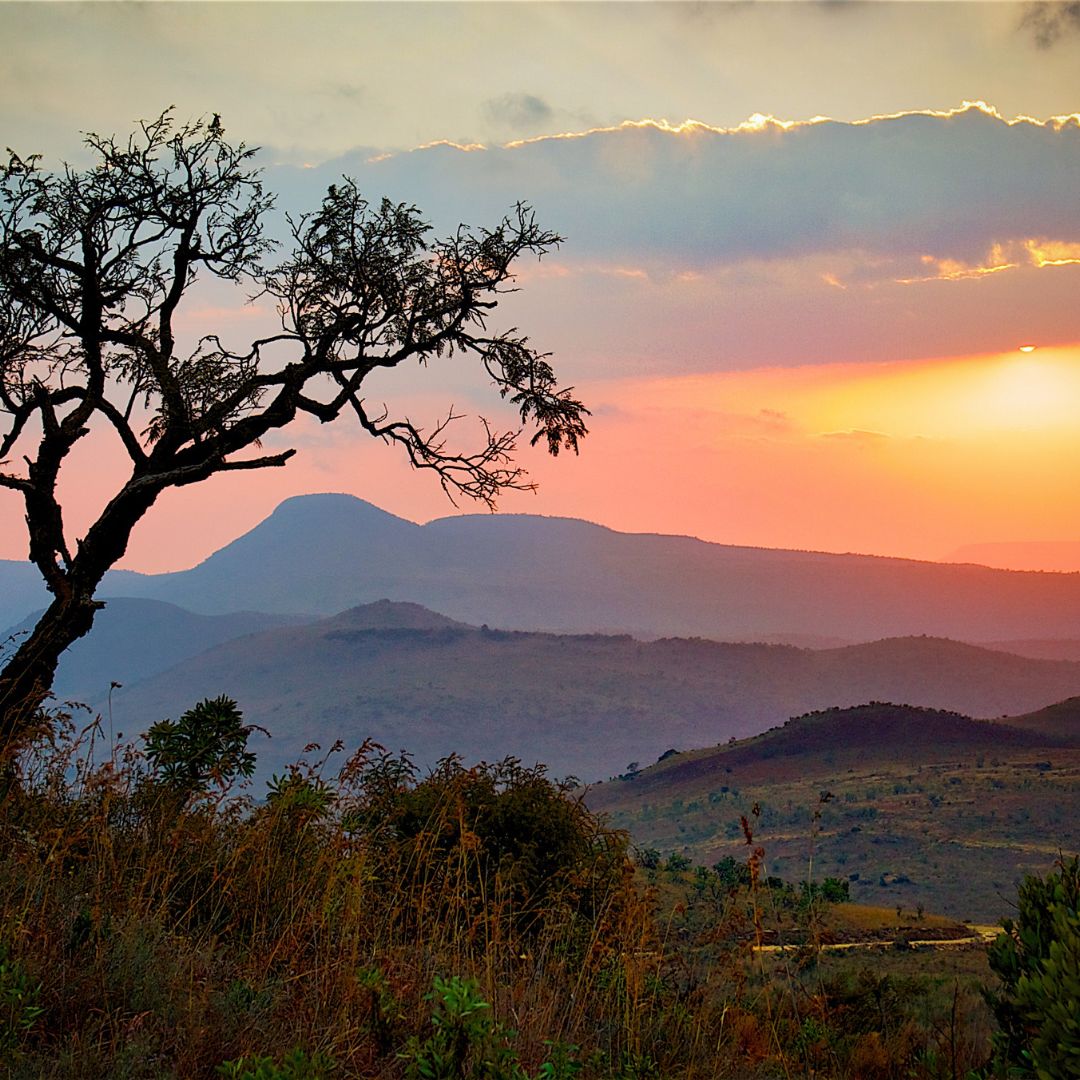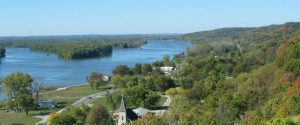Chasing sunsets and safaris: discovering South Africa’s wild side
This post and its photos may contain affiliate links, view our disclosure policy.
South Africa’s natural world captivates not only with its beauty, but with its rhythm—an unfolding sequence of colors, sounds and movements that shifts from the first light on the savannah to the deep reds of a low-hanging sunset. For those seeking landscapes where wilderness feels close and visceral, the country offers rare opportunities to witness life in its most elemental form. It is a place where travelers are invited to observe, listen and move with the pace of nature.
Exploring this side of the country often begins with one of the many structured routes or guided journeys available. Whether self-driven or arranged through tailored South Africa tour packages, these routes help travelers engage with remote reserves, national parks and coastal ecosystems without missing the nuanced experiences that make the journey memorable. The emphasis is not on rushing from site to site, but on following the quiet thread that connects each wild place to the next.
The ‘wild side’ of South Africa reveals itself in more than dramatic scenery. It emerges in the silence of early morning, the intensity of a predator’s gaze, the sudden lift of a flock from a watering hole. It is a world governed by instinct, shaped by weather and time, and open to anyone willing to travel attentively.
Safari mornings and the rhythm of the bush
Kruger National Park remains one of the most iconic safari destinations in the world. Covering nearly 20,000 square kilometres, it is home to an immense variety of species, including large predators, herd animals, birds and reptiles. Yet what makes a safari in Kruger exceptional is not just the sightings, but the atmosphere. Mornings often begin in near silence, broken only by the distant call of a francolin or the crackle of a radio announcing a fresh set of tracks.
Game drives offer a chance to witness wildlife behaviours at close range: elephants bathing in riverbeds, lions resting in the grass, or hyenas circling a recent kill. Guides interpret these scenes not simply as isolated events, but as part of a larger ecological story—one that plays out differently with each sunrise.
In private reserves bordering Kruger, the experience can feel even more immersive. Smaller groups, off-road tracking and night drives expand the possibilities for close encounters, while still maintaining ethical wildlife viewing practices

Beyond big game: landscapes of subtle beauty
While large mammals often steal the spotlight, South Africa’s wilderness holds quieter treasures. The semi-arid Karoo stretches wide beneath cloudless skies, offering fossil-rich terrain and silence broken only by wind. In the Western Cape, the fynbos biome—one of the richest floral kingdoms on earth—displays an extraordinary array of plant life, many species found nowhere else.
The Drakensberg mountains, meanwhile, offer a completely different kind of wild. Steeped in mist and scattered with rock art, these peaks invite slower exploration on foot. Hikes through their valleys and escarpments reveal waterfalls, caves and views that stretch far beyond cultivated land. The mountains are not only a refuge for biodiversity, but for reflection—a space where solitude feels expansive rather than remote.
Coastal wilderness and marine encounters
South Africa’s wildness doesn’t stop at the shoreline. Along the country’s coasts, marine life flourishes in cold, nutrient-rich waters. In the Western Cape, travellers can spot southern right whales breaching just offshore or observe African penguins nesting on beaches near Simon’s Town.
The Eastern Cape and KwaZulu-Natal coastlines add a tropical note, with coral reefs, estuaries and warm-water currents supporting turtles, dolphins and a wealth of fish species. Areas like Sodwana Bay attract divers, while coastal reserves such as iSimangaliso Wetland Park offer a fusion of terrestrial and marine ecosystems, a rare chance to see hippos, leopards and sea creatures in a single day.
For those drawn to quieter encounters, the Wild Coast offers remote beaches, dramatic cliffs and traditional villages where the land meets the Indian Ocean with little interruption. Trails here weave through coastal grasslands and over river mouths, revealing a different rhythm of life, untouched by large-scale development.

Light, sky and the changing day
Perhaps nowhere is South Africa’s wildness more deeply felt than in its light. From the pale gold of morning savannah to the rich copper tones of dusk over the Atlantic, light defines the visual experience of the landscape. In the bush, sunsets come with a quick descent into darkness, where sounds become sharper and outlines blur.
At night, the country’s remoter areas reveal a different wonder: clear skies, vast constellations and, in some seasons, the sight of the Milky Way stretching horizon to horizon. Stargazing becomes part of the rhythm, a quiet coda to the sensory experience of the day.
Photographers, painters, and writers often speak of South Africa as a place of light and line where the shape of the land and the movement of clouds offer constant inspiration. For travellers, even without a lens or canvas, this elemental beauty imprints itself on memory.
Responsible exploration and lasting impressions
Experiencing South Africa’s wilderness comes with responsibility. Visitors are increasingly aware of the need to travel in ways that support conservation, respect local communities and minimise environmental impact. Many reserves now incorporate local guides, support anti-poaching initiatives or fund habitat restoration efforts.
Engaging with these practices, whether by choosing ethical operators, participating in local conservation talks, or learning about endangered species, adds depth to the journey. It transforms the traveller from spectator to participant in the ongoing story of the land.
South Africa’s wild side is not a fixed place, but a mosaic of living systems. From the highlands to the ocean, from arid plains to tangled forests, it invites those who move through it to witness without intrusion, to listen more than they speak, and to leave a lighter footprint. This kind of travel doesn’t just reveal a destination, it shifts how we see the world.








